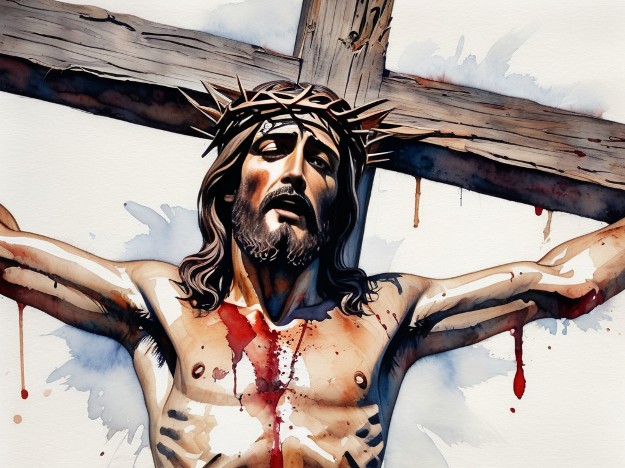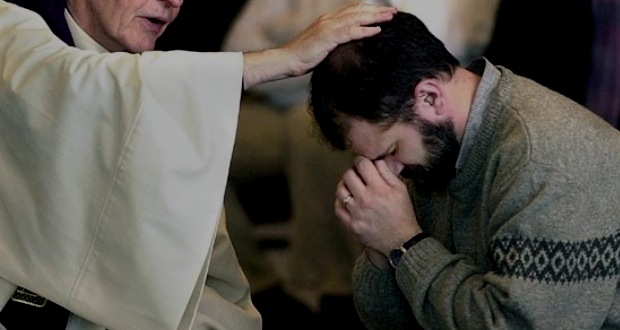The Passion Of Christ: A Brief Look

The Passion of Christ is the story of Jesus Christ’s arrest, trial, suffering, and finally his execution by crucifixion. It is a central event in Christianity, commemorated every year during Holy Week. The term “Passion” comes from the Latin word for suffering.
The Passion includes several key events, as described in the four canonical gospels (Matthew, Mark, Luke, and John):
- The Last Supper: Jesus shares a final meal with his disciples, either during Passover (according to the Synoptic Gospels) or on the eve of Passover (according to John’s Gospel). During this meal, Jesus blesses and breaks bread, saying, “Take, eat; this is my body which is given for you; do this in remembrance of me.”
- Agony in the Garden of Gethsemane: Jesus prays in anguish before his arrest. He wrestles with his impending suffering and willingly submits to God’s will.
- Arrest and Betrayal: Judas betrays Jesus, leading to his arrest by Roman soldiers.
- Examination and Condemnation: Jesus faces trials before Jewish religious leaders (the Sanhedrin) and Roman governor Pontius Pilate. He is sentenced to be whipped and crucified.
- Crucifixion: Jesus is crucified on a cross—a brutal form of execution. His suffering includes physical pain, emotional anguish, and spiritual weight as he bears the sins of humanity.
- Death and Burial: After hours on the cross, Jesus breathes his last words: “Father, into your hands I commend my spirit.” He dies and is buried.
- Resurrection: The Passion story does not end with death; it is inseparable from the story of the Resurrection. Three days later, Jesus rises from the dead—an event that brings victory over death itself.
The Passion narratives emphasize themes such as suffering (which resonates with human experience), incarnation (God becoming truly human), obedience (Jesus submitting to God’s will), and ultimate victory over death through resurrection.
Artistic representations of the Passion abound—crucifixes, paintings, music, drama—all capturing the depth of Christ’s sacrifice for humanity. The crucifixion scene remains iconic: Christ in his last agony on the cross.
In summary, the Passion of Christ encompasses both historical events and profound spiritual truths—the ultimate meaning of human existence and Christian commitment.






